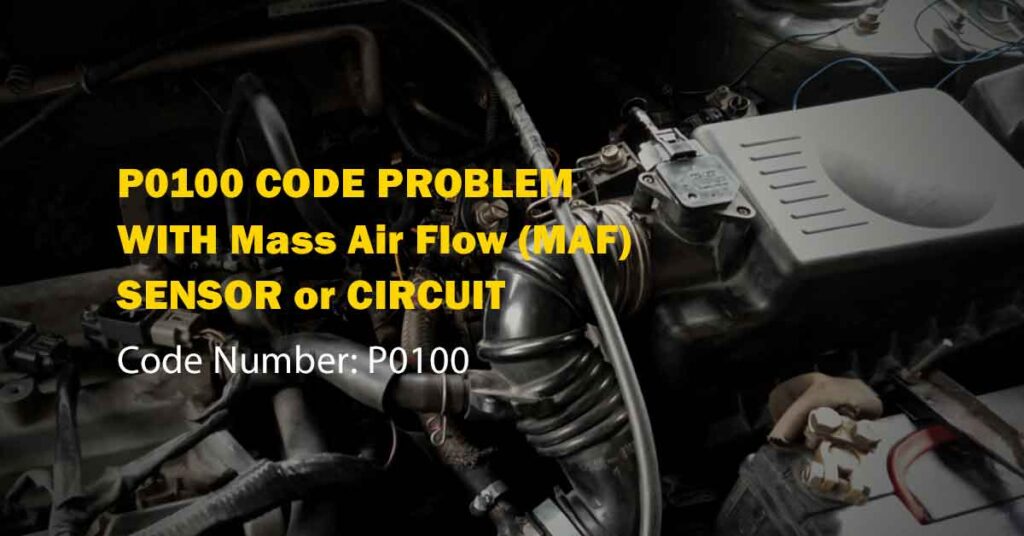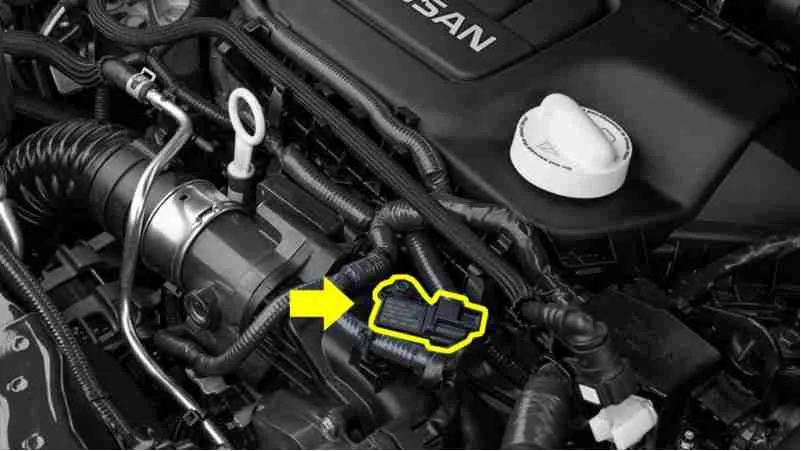the c2100 Code Battery Voltage Low
The C2100 OBD-II trouble code is important for Chrysler, Dodge, and Jeep vehicles in automotive diagnostics. This code detects a problem in the electrical system when the voltage drops below a certain level. Understanding this code requires exploring its meaning, causes, symptoms, diagnostic methods, severity, and possible solutions to fix it.
Meaning and Possible Causes of DTC C2100
The C2100 code manifests when the ABS-ECU power supply voltage diminishes below 9.7 ± 0.3 V during vehicle operation. Numerous factors contribute to this issue, including:
- Faulty Vehicle Battery: Ailing batteries struggle to maintain the required voltage threshold, impacting the entire electrical system.
- Loose Battery Terminals: Corrosion or poor connections at terminals can impede the transmission of vital voltage.
- Malfunctioning Fusible Link: This crucial component guards the electrical system and any dysfunction can disrupt voltage stability.
- Challenges with the Charging System: Problems with the charging system can affect its ability to charge the battery properly in the vehicle.
- Defective Anti-Lock Brake System (ABS) Module: Malfunctions in the ABS module can contribute to voltage instability.
- Faulty Engine Control Module (ECM): Problems with ECM can disrupt voltage regulation, causing C2100 code activation.
Possible Symptoms of C2100 code
Diagnosing the C2100 code involves recognizing various observable symptoms:
- Check Engine Light Activation: Check Engine Light turns on to alert a problem that needs attention.
- Activated Anti-Lock Brake System (ABS) Warning Light: The ABS Warning Light alerts the driver of possible ABS problems, often with a C2100 code.
Diagnose the Code C2100 and Potential Errors:
The diagnostic process necessitates meticulous attention to detail:
- Code Scanning and Freeze Frame Data Analysis: Technicians use diagnostic tools to get codes and analyze freeze-frame data, which gives important context to the problem.
- Visual Inspection: Check wiring and connectors for damage, loose connections, or short circuits through a detailed visual examination.
- Battery Voltage Check: Precision-driven verification of battery voltage using a voltmeter is imperative to ensure alignment with specified levels.
- Charging System Evaluation: We conduct a comprehensive assessment of the charging system’s functionality to ensure optimal operation.
Common diagnostic errors encompass oversight of damaged wiring or connectors, failure to verify vehicle battery voltage, inadequate scrutiny of the charging system, and premature replacement of parts without confirming their functionality.
Seriousness and Repair Solutions:
The timeliness of addressing the C2100 code is paramount:
- Potential Repairs: Resolving damaged wiring, rectifying irregularities within the charging system, replacing the battery, addressing or replacing the ABS module, or rectifying/replacing the ECM.
- Impact of Ignored Issues: Neglecting the C2100 code could lead to dire consequences such as a dead battery, subsequently resulting in starting complications and severe vehicular malfunctions.
Related Codes
Associated codes, namely C2101, C2102, C2103, and C2104, may also surface based on the vehicle’s make and model.
Explanation of C2101
C2101 code signifies a communication error between the engine control module (ECM) and the transmission control module (TCM). It could result from wiring issues, faulty modules, or poor connections.
Understanding C2102
C2102 indicates a problem with the vehicle speed sensor A. This issue may affect the vehicle’s speedometer accuracy or cause erratic speed readings.
Insights into C2103
C2103 typically points to an issue with the vehicle speed sensor B. This code might result in inaccurate speedometer readings or speed-related problems.
Resolving C2104 Issues
C2104 refers to a fault in the vehicle speed sensor circuit. It could occur due to damaged wiring, sensor issues, or problems within the circuit.
Conclusion:
The C2100 OBD-II code means there is a serious problem with the battery voltage dropping too low. Diverse issues, ranging from battery deficiencies to irregularities in the charging system or faulty modules, can trigger this code. Prompt attention and resolution are pivotal to avert consequential issues that could detrimentally impact the vehicle’s overall functionality, reliability, and safety.





